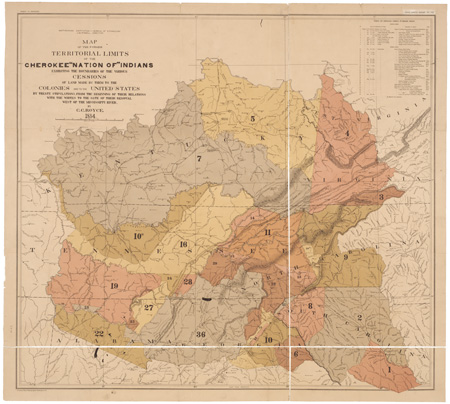“An advocate of the two dollar shirt from Scotland Neck, N. C. — that was Claude Kitchin. But he was more as well. In 1901 he came to Congress, where his father had been before him, where one of his brothers (later Governor of North Carolina) then was. In 15 years, by his mastery of diatribe and strategy, he had made himself Democratic floor leader in the House. In four years more… he had brought on himself a stroke of paralysis from overwork…. Now he is dead.
“He was… something of a demagogue, bitter and sectional. But he was fearless, and brilliant in attack on the floor…. He made his name by attacking the free lumber plank in the platform of 1908.
“He turned the torrent of his eloquence against President Wilson’s plan to strengthen the Navy, he fought to the last the declaration of war against Germany in 1917. But once war was declared he reversed his attitude entirely and gave uncompromising support to war financing measures.
“Kitchin’s fighting record goes farther back than his political record. His father fought for the Confederacy. Claude was one of eleven children, nine sons and two daughters. [As a young lawyer] he defended a murderer. His father was the prosecutor — and the son was victorious.”
— Time magazine, June 11, 1923
I’m guessing the “two dollar shirt” characterization refers to Kitchin’s hallmark opposition to protective tariffs, but wouldn’t that have been an expensive shirt for the 1920s?




